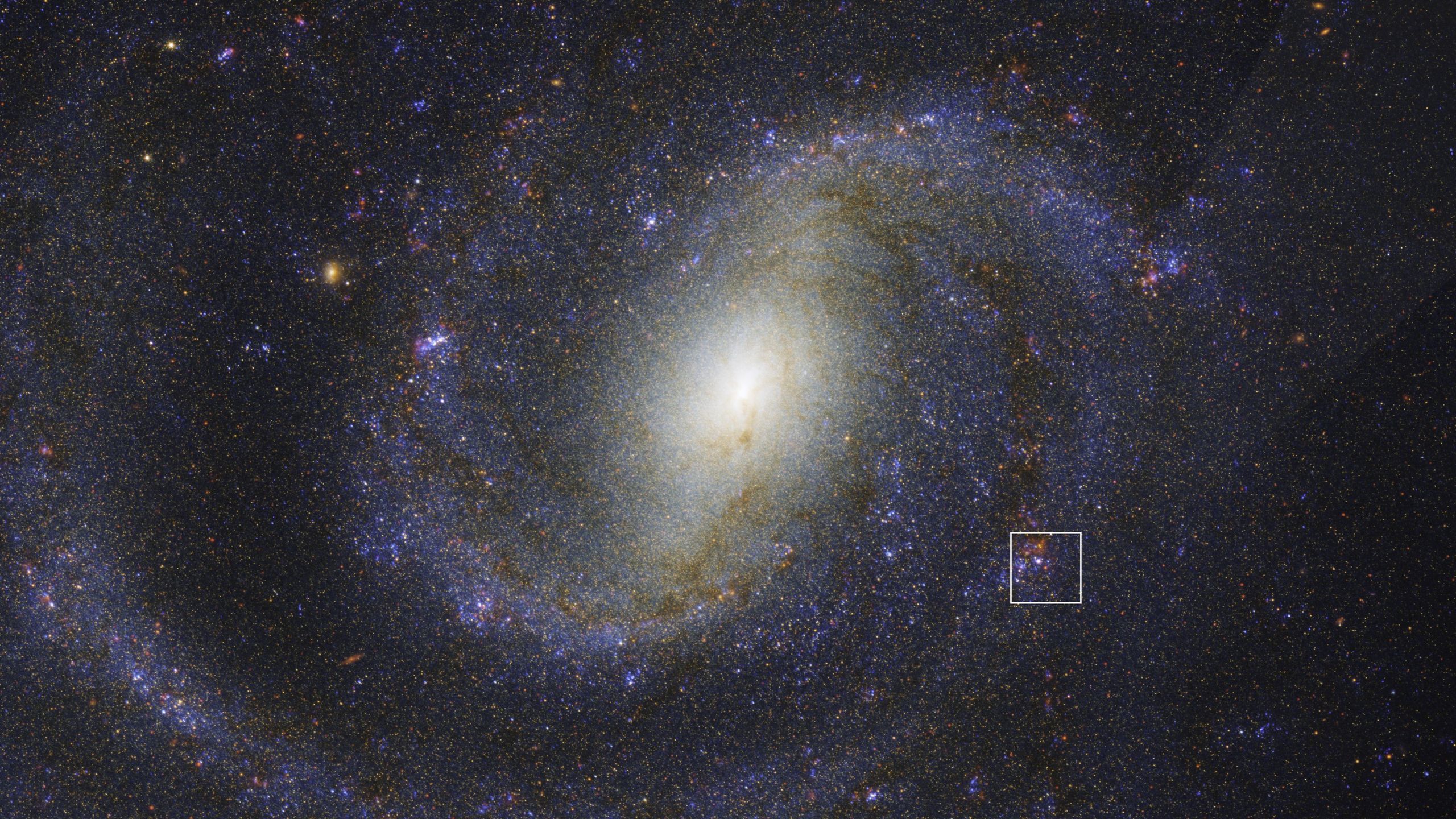Unbelievable Bird Behavior: How a Total Solar Eclipse Reset Their Biological Clocks!

Imagine a moment so surreal that it tricks birds into believing it's dawn again! That's exactly what happened during the total solar eclipse on April 8, 2024, across North America. According to groundbreaking research, this celestial event temporarily rewired the internal clocks of various bird species, sending them into a frenzy of song as if the sun was rising anew.
The eclipse painted the skies dark as the moon danced between Earth and the sun, casting a shadow from Mazatlán, Mexico to St. Johns in Newfoundland, Canada. During this rare moment of total darkness, 29 distinct bird species erupted into song, as detailed in a recent study published in the journal Science.
This unique phenomenon offered scientists an extraordinary chance to observe how birds react to sudden changes in light—a scenario that’s tough to replicate in a controlled lab environment. Total solar eclipses are remarkably rare, occurring in the same region only every 300 to 400 years! For many birds, this was a once-in-a-lifetime experience.
Lead study author Liz Aguilar, a doctoral student from Indiana University Bloomington, highlights the significance of light in avian behavior. “Light is one of the most powerful forces shaping bird behavior,” she explained. “Even a four-minute ‘night’ was enough for many species to act as if it were morning again.” This insight not only raises questions about bird sensitivity to light but also ties into broader issues like light pollution and its impact on wildlife.
Birds, much like humans, rely on light cues for their daily rhythms. During the previous eclipse in 2017, researchers noted similar responses from zoo animals, with some birds retreating to roost while nocturnal species were stirred into action. But Aguilar and her team were focused on studying wild birds, specifically during the spring—a critical time when birds sing to attract mates and defend their territories.
To enhance public engagement and document these behaviors, the researchers developed a free smartphone app called SolarBird. This app allowed enthusiastic amateur scientists to track bird activity across the eclipse path. With nearly 11,000 observations contributed by more than 1,700 users, the app captured bird behaviors across over 3,100 miles before, during, and after the eclipse.
Additionally, the team deployed compact recorders to capture around 100,000 bird vocalizations throughout southern Indiana. Users of SolarBird had a straightforward task: observe a bird and log its behavior—whether it was singing, flying, or eating—during the event.
Analysis of the collected data revealed that 29 out of 52 bird species exhibited notable changes in their vocalizations. Interestingly, as the sun returned, many birds launched into what researchers dubbed a “false dawn chorus.” In fact, barred owls called out four times more than normal, while robins sang at six times their typical rate.
“Different bird species greet the dawn in very different ways,” Aguilar noted, emphasizing the varied reactions to the eclipse. While the study didn’t explore long-term impacts, it raises intriguing possibilities about how these reactions might affect their daily habits—potentially detracting from vital activities like foraging and mate-seeking.
Dr. Andrew Farnsworth from the Cornell Lab of Ornithology, who studied bird behavior during both recent eclipses, commended the innovative approach of crowdsourcing information. He stated, “They are really useful in helping understand how organisms perceive their environment.” As artificial light pollution grows, understanding avian responses to light becomes increasingly critical.
Ultimately, Aguilar believes that recognizing which bird species are most affected by light changes could greatly enhance conservation efforts, ensuring that we protect our feathered friends in this ever-brightening world.


























